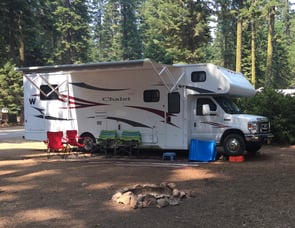Lake Clark National Park
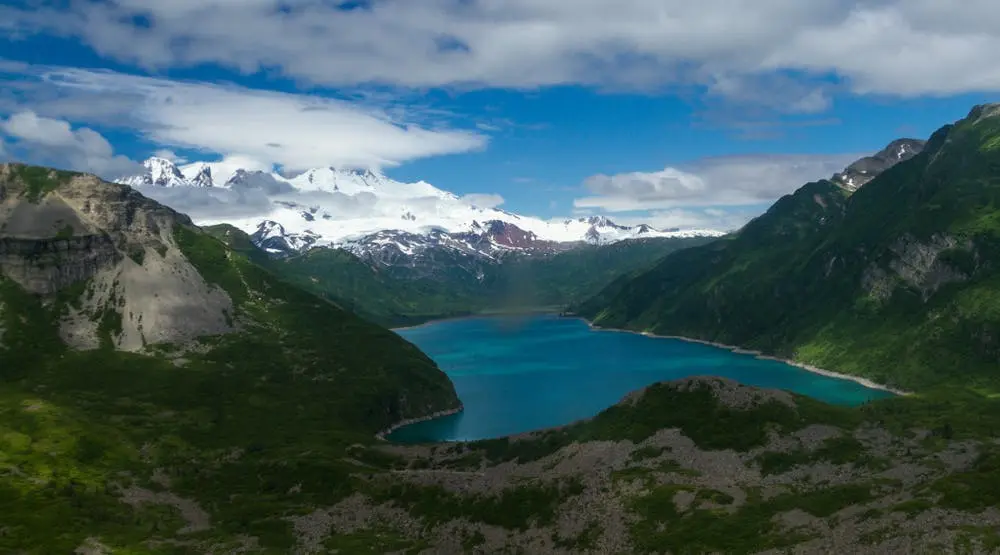
WIDE-RANGING INVENTORY
From affordable pop-ups to luxury motorhomesLARGEST RV RENTAL MARKETPLACE
Thousands of 5 star reviews from happy customersSECURE AND MOST TRUSTED
24/7 Emergency roadside assistance on every booking- Home
- National Parks
- Lake Clark National Park
If you want the freedom to explore the rugged Alaskan wilderness with a comfortable home base to return to, consider visiting in an RV. Although RVing to Lake Clark National Park is impossible since the park isn’t connected to any road systems, you can reserve a site at The Driftwood Inn RV Park in Homer and then take an air taxi 65 miles northwest to reach your destination. When you arrive at the park, you can spend your day bear-watching, getting a history lesson at the famous Proenneke’s Cabin, or hiking the Tanalian Trails. The park is open 24/7, and the visitor’s center in Port Alsworth is open from 10 a.m. to 5 p.m. from the end of March until mid-September. Since driving to Lake Clark National Park isn't an option, it’s important to thoroughly plan your trip before setting out. If you live close enough, you can drive your own rig to an RV park in Homer or Kenai. If you’re traveling in from further away, you can reserve RV rentals near Lake Clark National Park in Anchorage. Many of the local RV parks can only support smaller vehicles, so you’ll need to pay close attention when reserving your rig and campsite. The weather in Alaska can be harsh and is known to change at a moment’s notice. As such, you’ll want to keep your itinerary flexible in the event of bad weather and check the National Park Service website for up-to-the-minute information on any impending storms moving through the area.
- Spring 26-57 F
- Summer 41-60 F
- Fall 12-38 F
- Winter 12-26 F
- Coming soon
RV Rentals Near Lake Clark National Park
Nearby RV Rentals
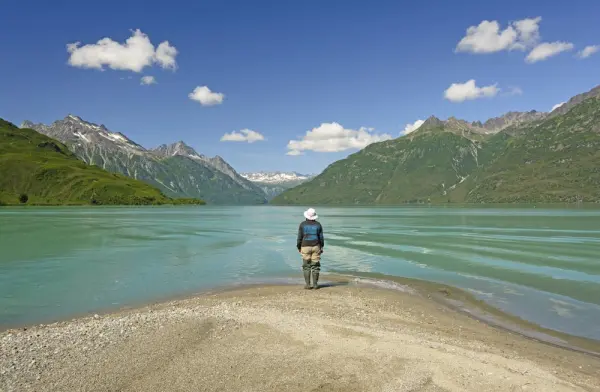
Lake Clark National Park Hiking Trails
The Tanalian Trails are a group of four trails maintained by the park that visitors can access from Port Alsworth. The shortest and easiest hike is the Beaver Pond Loop, which is just over three miles round trip, but even that one is moderately difficult. The park also maintains the Portage Creek Trail, but you can only access it by boat or float plane. Of course, highly experienced wayfinders can venture off the beaten path to explore the rest of the 4 million acres of wilderness in Lake Clark National Park.
Lake Clark National Park Trails
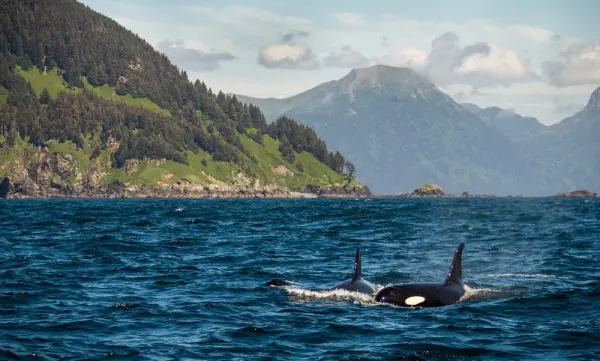
Things to do Outside Lake Clark National Park
When you’re finished exploring the untamed wilderness in Lake Clark National Park, you can get your fill of local cuisine at B&H Pizza in Kenai or the Salty Dawg Saloon in Homer. While in Homer, you can visit the Alaska Maritime National Wildlife Refuge Visitor Center. If you’d like to spend some time shopping, you can travel to Anchorage and visit one of the many craft shops, galleries, or shopping malls that line the streets.
Discover Nearby Towns and Cities
RV Resorts & Campsites near Lake Clark National Park
Since the park isn’t connected to the road system, there are no opportunities for RV camping there. There are a lot of campgrounds near Lake Clark National Park that you could choose as a base camp to return to after spending time in the park.
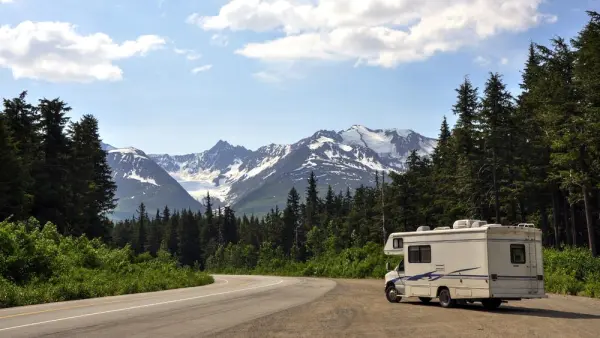
Campgrounds Near Lake Clark National Park
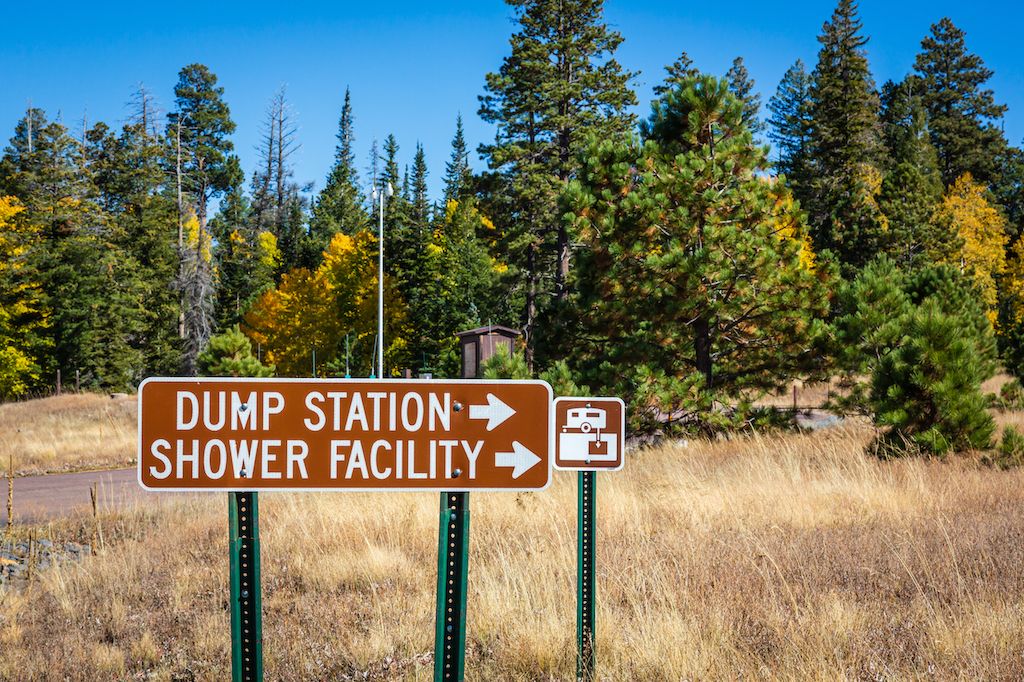
Find the Best Dumpstations Near Lake Clark National Park
Dumpstations Near Lake Clark National Park
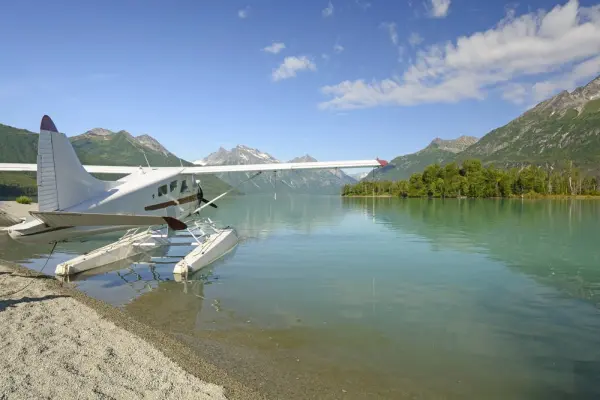
How to get to Lake Clark National Park
If you're flying to the park, your closest airport will be Ted Stevens Anchorage International Airport in Anchorage, AK. Lake Clark National Park isn’t connected to any road system, which makes getting there a bit difficult once you've landed. You can only access the park by air taxi or water taxi, so you’ll need to reserve your transportation mode well before your trip. If you live within driving distance, the best places to set up a base camp are in an RV park in the nearby towns of Homer or Kenai. You can charter an air taxi or boat from either town and be ready to explore Lake Clark National Park in about an hour from wheels-up.

Frequently Asked Questions
Lake Clark National Park covers over 4 million acres from Cook Inlet to the Chigmit Mountains and southwest Alaska.
Yes, pets are allowed at Lake Clark National Park. That said, it’s advisable to leave them home, as it’s a difficult journey to get there, and there are many predators living in the park.
Some of the best things to do at Lake Clark National Park include bear-watching, visiting Proenneke’s Cabin, fishing, and hiking the Tanalian Trails.
Summer is the best time to visit since the weather is milder during that time of year.
